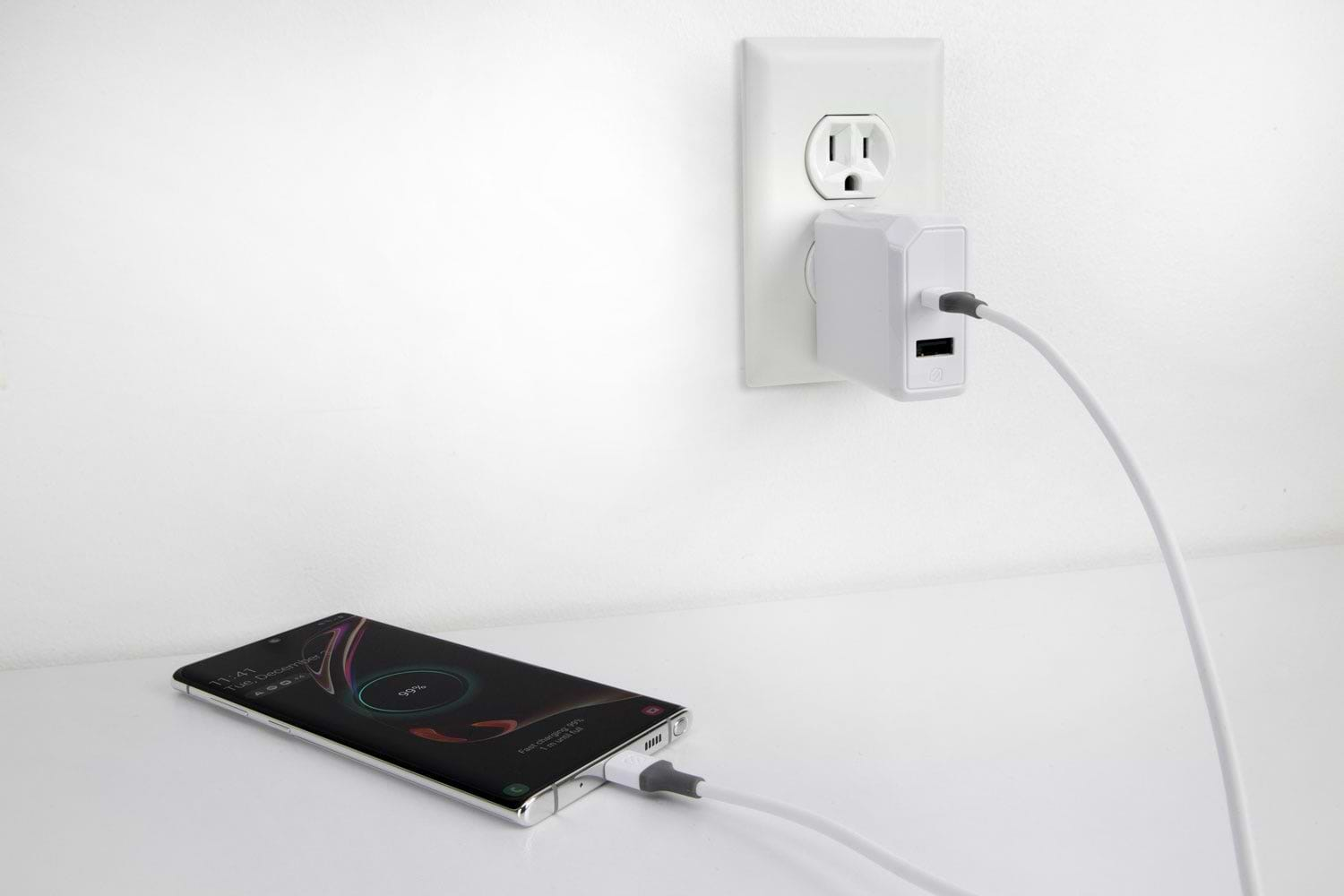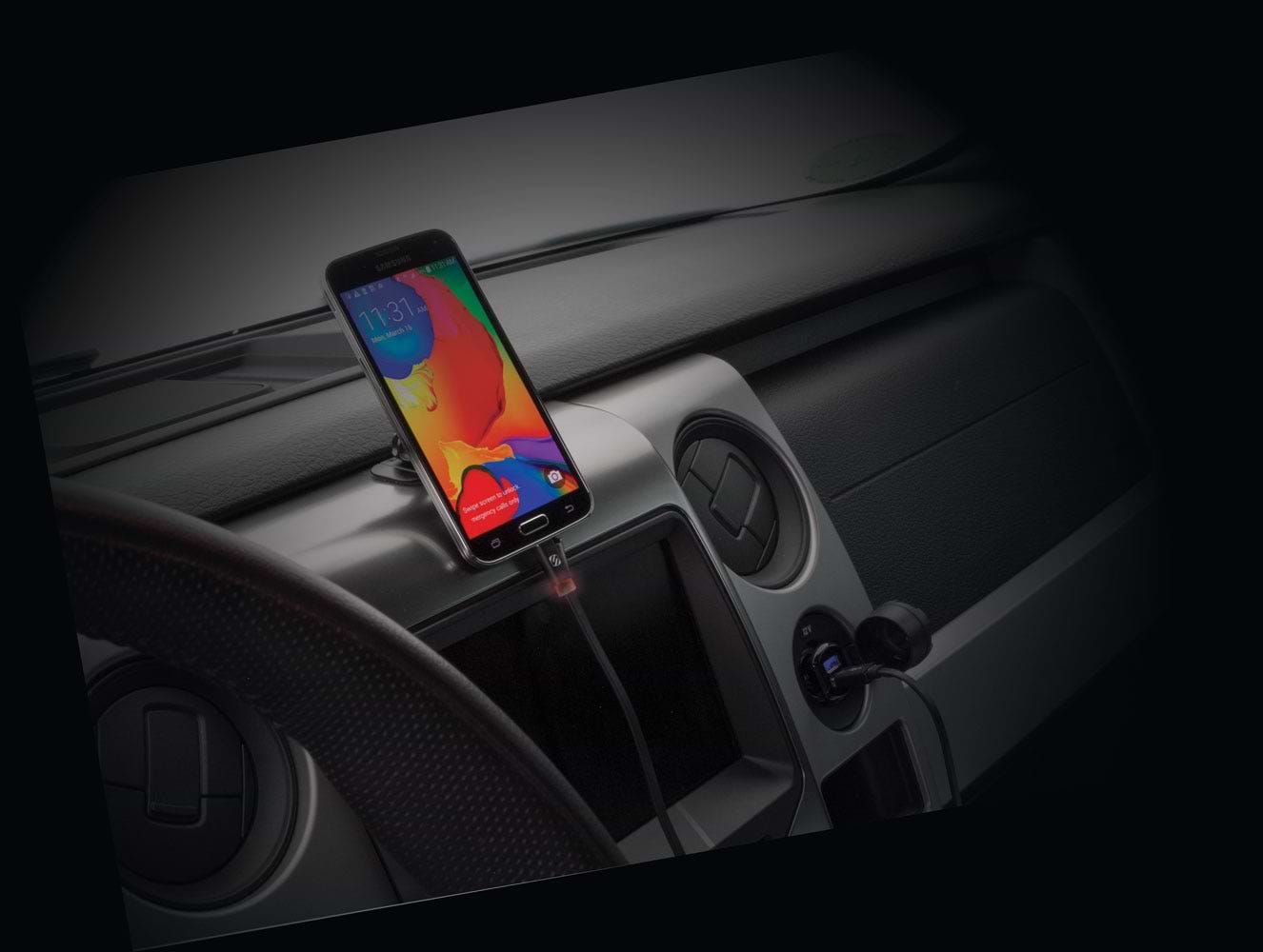Clarifying Differences: Micro USB vs. USB-C

The advancements in technology have resulted in a multitude of options when it comes to connecting devices. Two common types of connectors that are often confused are Micro USB and USB-C. Understanding the differences between these two technologies is vital to making informed decisions.
In this article, we will delve into the intricacies of Micro USB and USB-C, exploring their design, functionality, pros and cons, as well as their speed and power capabilities. By the end, you will have a comprehensive understanding of these technologies and be able to make the right choice for your needs.
Understanding USB Technology
Before diving into the specifics of Micro USB and USB-C, it is essential to comprehend the evolution of USB technology. USB, or Universal Serial Bus, has revolutionized the way we connect and transfer data between devices. It all began with the advent of USB 1.0, which provided a data transfer rate of 12 Mbps. This breakthrough technology allowed users to connect peripherals such as keyboards, mice, and printers to their computers with ease.
Over time, USB 2.0 was introduced, offering faster speeds of up to 480 Mbps. This upgrade was a game-changer, as it enabled the transfer of larger files and multimedia content at a significantly faster rate. Users could now enjoy smoother data transfers and improved overall performance.
Today, we have USB 3.0 and USB 3.1, which boast lightning-fast transfer rates of 5 Gbps and 10 Gbps, respectively. These advancements have opened up a world of possibilities for users, allowing them to transfer large files, stream high-definition videos, and connect high-performance devices effortlessly.
The Evolution of USB
The journey of USB technology has been marked by significant advancements. USB connectors have evolved from the bulky, rectangular connectors of the past to slim, reversible connectors that are more convenient and user-friendly. The introduction of the Micro USB and USB-C connectors has further propelled the usability and functionality of USB technology.
The Micro USB connector, which became widely adopted in the early 2000s, brought about a new level of convenience. Its small size and reversible design made it easier for users to connect their devices without worrying about the connector's orientation. This breakthrough innovation simplified the user experience and eliminated the frustration of trying to plug in the cable the wrong way.
USB-C, the latest addition to the USB family, takes convenience to a whole new level. With its symmetrical design, USB-C connectors can be inserted in any orientation, making it incredibly user-friendly. Additionally, USB-C supports faster data transfer rates and higher power delivery capabilities, making it ideal for modern devices that require quick charging and high-speed data transfer.
Key Features of USB
USB technology offers several notable features that make it a popular choice among users worldwide. One of its primary advantages is its universal nature. USB ports are present in most devices, including smartphones, tablets, computers, and peripherals, making it a versatile connection option. Whether you need to charge your phone, transfer files, or connect a printer, USB has got you covered.
Additionally, USB is hot-swappable, allowing users to connect and disconnect devices without restarting or interrupting the system. This feature is particularly useful in scenarios where multiple devices need to be connected and disconnected frequently, such as in a professional recording studio or a busy office environment.
Moreover, USB supports multiple data transfer modes, including bulk, isochronous, and interrupt. These modes enable various applications and device compatibility. For example, the bulk transfer mode is ideal for transferring large files, while the isochronous transfer mode ensures a continuous and uninterrupted flow of data, making it suitable for real-time audio and video streaming.
In conclusion, USB technology has come a long way since its inception. From the early days of USB 1.0 to the lightning-fast speeds of USB 3.1, USB has revolutionized the way we connect and transfer data between devices. With its universal compatibility, hot-swappable nature, and support for multiple data transfer modes, USB continues to be the go-to choice for users worldwide.
An In-depth Look at Micro USB
Micro USB became the universal standard for mobile devices around a decade ago, and it remains prevalent today. Its compact design and compatibility with many smartphones and other portable devices have made it widely adopted.


Design and Functionality of Micro USB
The Micro USB connector features a compact design with a small rectangular shape. It has a single asymmetrical connector, which means it can only be plugged in one way. However, it is worth noting that the introduction of Micro USB 3.0 brought a reversible variant, eliminating this limitation on newer devices. The small size of the Micro USB connector makes it ideal for space-constrained devices, such as smartphones and tablets.
But let's dive deeper into the design of Micro USB. The connector itself is made up of several components, including metal contacts, plastic housing, and a locking mechanism. The metal contacts inside the connector are responsible for transmitting data and power between devices. They are carefully designed to ensure a secure and reliable connection.
The plastic housing of the Micro USB connector is usually made from durable materials such as polycarbonate or ABS plastic. This housing protects the internal components from damage and provides a sturdy structure for the connector. Some manufacturers even incorporate additional features into the housing, such as reinforced strain relief, to prevent the cable from fraying or breaking easily.
Now, let's talk about the functionality of Micro USB. The primary purpose of this connector is to facilitate data transfer and charging. It supports USB 2.0 and, in some cases, USB 3.0 data transfer speeds, enabling the quick transfer of files between devices. Whether you want to transfer photos from your smartphone to your computer or sync your music library, Micro USB provides a reliable and efficient solution.
But that's not all. Micro USB is also widely used for charging mobile devices. The connector's design allows for a secure connection between the device and the charging cable, ensuring a stable flow of power. Most smartphones and tablets utilize the Micro USB connection for replenishing their battery. This means that you can easily find a charging cable for your device, whether you're at home, in the office, or on the go.
Pros and Cons of Micro USB
Like any technology, Micro USB has its advantages and disadvantages. One of the main benefits of Micro USB is its widespread adoption, which means finding compatible cables and accessories is effortless. Whether you need an extra charging cable or want to connect your device to a speaker, you can easily find Micro USB accessories in stores or online.
On the downside, the Micro USB connector is not reversible in its standard form, requiring users to orient the connector correctly. However, the reversible variant of Micro USB 3.0 addresses this concern. With the reversible Micro USB 3.0 connector, you no longer have to worry about which way to plug in the cable. It offers a more user-friendly experience, saving you time and frustration.
Another drawback of Micro USB is the comparatively slower data transfer speeds when compared to the newer USB-C technology. While Micro USB supports USB 2.0 and USB 3.0, USB-C offers faster data transfer rates and higher power delivery capabilities. This means that if you frequently transfer large files or require fast charging, USB-C may be a more suitable option for you.
Despite its limitations, Micro USB continues to be widely used and supported by a vast range of devices. Its compact design, compatibility, and affordability make it a popular choice for manufacturers and consumers alike. As technology continues to evolve, we may see a shift towards newer connectors like USB-C, but for now, Micro USB remains a reliable and widely available option for all your mobile device needs.
Unveiling USB-C
USB-C, also known as USB Type-C, emerged as the next-generation USB connector, offering enhanced features and functionality. Its introduction addressed the limitations of previous USB connectors, aiming to become the new industry standard for connectivity.
Design and Functionality of USB-C
USB-C stands out due to its symmetrical design, which allows for reversible plug orientation. This means you can connect the cable to your device without worrying about its orientation. The USB-C connector is also significantly smaller compared to its predecessors, making it versatile and suitable for various devices, including laptops, smartphones, and tablets.
In terms of functionality, USB-C supports higher data transfer speeds than Micro USB. It is compatible with SuperSpeed USB 10 Gbps, providing rapid file transfers between devices. Additionally, USB-C has a remarkable power delivery capability, allowing devices to charge faster and support more power-hungry accessories.
Pros and Cons of USB-C
USB-C comes with numerous benefits that make it an attractive option for many users. Its reversible design eliminates the hassle of plugging in the cable the wrong way. Moreover, USB-C's faster data transfer speeds and superior power delivery capabilities make it an excellent choice for demanding applications and power-hungry devices.
However, USB-C's widespread adoption is still relatively new, so finding compatible cables and accessories may be more challenging compared to Micro USB. Additionally, some devices, particularly older models, may still utilize the Micro USB connector, requiring adapters or cables for compatibility.
Micro USB vs. USB-C: A Comparative Analysis
Speed and Power Capabilities
When it comes to speed, USB-C outshines Micro USB. With USB-C's support for SuperSpeed USB 10 Gbps, it offers significantly faster data transfer rates compared to Micro USB's USB 2.0 or USB 3.0 speeds. This makes USB-C the preferred choice for users working with large files or requiring speedy data transfers.
Regarding power capabilities, USB-C's power delivery capability stands out. It can supply higher power levels, making it possible to charge devices faster and support power-hungry peripherals. Micro USB, on the other hand, has more limited power delivery capabilities, making it suitable for charging smartphones and low-power devices.
Compatibility and Use Cases
Compatibility plays a vital role in the choice between Micro USB and USB-C. As mentioned earlier, Micro USB has been the standard for mobile devices for years, resulting in widespread compatibility across devices and accessories. USB-C, though rapidly gaining popularity, is not as universally supported. However, many newer laptops, smartphones, and other devices now come equipped with USB-C ports, making it increasingly more prevalent.
When it comes to use cases, Micro USB remains an excellent choice for charging smartphones, tablets, and low-power devices. Its smaller size and widespread adoption make it ideal for portable applications. On the other hand, USB-C is better suited for users requiring high-speed data transfers, fast device charging, and compatibility with advanced peripherals.
The Future of USB Technology
Emerging Trends in USB Technology
The world of technology is continually evolving, and USB is no exception. As demand for faster data transfer speeds and more advanced power delivery capabilities continues to grow, we can expect to see further advancements in USB technology. Wireless USB and USB 4.0 are among the emerging trends that are already making waves. These advancements will further enhance the usability and performance of USB, providing users with even more flexibility and convenience.
Predictions for USB's Evolution
In the coming years, USB is likely to become even more versatile, with increased compatibility across devices and accessories. We can anticipate the proliferation of USB-C connectors and ports, gradually replacing Micro USB and older USB interfaces. Furthermore, we may witness improvements in data transfer speeds, power delivery capabilities, and the overall user experience, solidifying USB's position as the go-to choice for connectivity and data transfer.
Conclusion
To summarize, Micro USB and USB-C are two distinct technologies that provide different advantages depending on your requirements. Micro USB is widely supported and ideal for charging smartphones and low-power devices, while USB-C offers blazing-fast data transfer speeds and superior power delivery capabilities, making it suitable for modern laptops, tablets, and advanced peripherals. As the USB landscape continues to evolve, it is crucial to stay informed about the latest advancements and make educated decisions when choosing between Micro USB and USB-C for your devices.